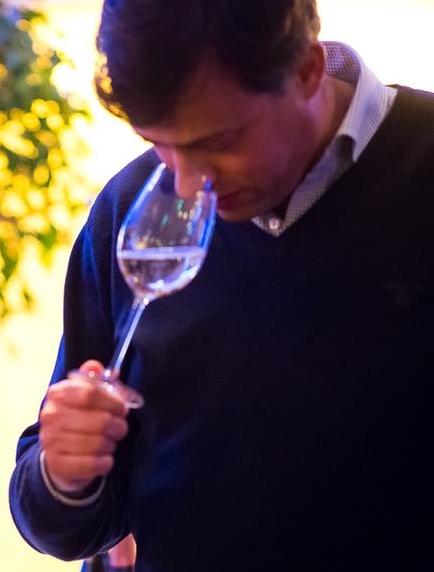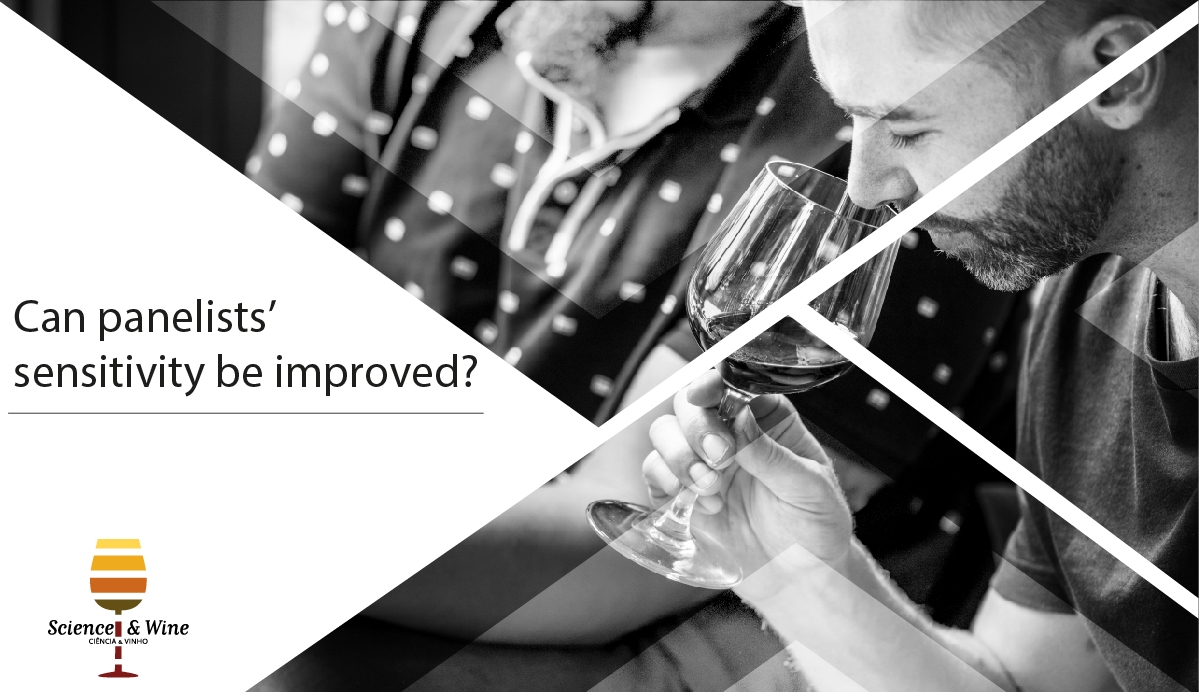By Astrid Buica and Marianne McKay
Even though is difficult to reach consensus on the definition of a quality wine, there is agreement that a fault will easily result in a wine being rejected by experts and consumers alike. The presence of a fault can have immediate economic repercussions for the producers, from a single bottle being rejected based on “cork taint” to entire batches due to other types of faults such as “smoke taint”. In turn, this can also have farther reaching effects related to a brand’s image, such as loss of trust in a product.
Since wine aroma is considered as the proxy for wine quality, many studies focus not only on the positive but also on the negative impact certain compounds have. Pragmatically, an objective measurement of a compound by chemical analysis would easily solve the issue of the product not being released on the market if taint-causing compounds are present above their odour detection thresholds (ODTs). The issue comes in because ODT values are often reported in the literature in other matrices than wine (water or ethanoic solutions). Moreover, the ODT values are matrix-dependent. This means that even if a wine has been used for the determination of an ODT, another wine can produce different results due to the presence of other volatile and non-volatile compounds.
So practically, the acceptance or rejection of a wine is done by a panel of judges, used as “analytical panelists”. The question is, given that naturally the panelists can perceive a certain aroma, can they be fine-tuned for higher sensitivity through exposure? This is relevant, since, like any analytical tool, the panelists’ acuity should be tuned to the samples to be evaluated.

The results presented here are linked to an ODT confirmation study for five taint-causing compounds: guaiacol, o-cresol, 4-ethyl phenol (4EP), 3-isobutyl-2-methoxypyrazine (IBMP) and 2,4,6-trichloroanisole (TCA). The first three compounds are volatile phenols (VPs), associated to Brettanomyces contamination and smoke taint. IBMP is part of primary (grape-derived) aroma and is the main methoxypyrazine in many red and white cultivars. TCA is the key compound linked with cork taint. Aroma descriptors for these compounds cover a continuum from ‘burnt, smoky’ and ‘medicinal’ to the ‘mouldy, dusty’ flavours associated with cork taint, and ‘herbaceous, green’ aromas associated with methoxypyrazines. Since this work was part of a larger project, the medium for the testing was a partially de-aromatised unwooded Shiraz. The choice of cultivar was because Shiraz naturally doesn’t contain methoxypyrazines. There were 34 judges of varying abilities from novices to very experienced wine tasters. For the purposes of this study, we considered as ‘experienced’ judges (n=18) those who had been members of wine sensory panels the wine industry for at least six months and ‘inexperienced’ (n = 16) those who were not members of sensory panels and no formal wine sensory training. All judges indicated that they consumed wine on a regular basis. The experiment consisted of triangle tasting with control (unspiked) and spiked wines at ODT separately for each compound as the two types of samples presented to the judges.
Overall, the statistical results for inexperienced vs experienced judges indicated that the group effect was significant. In other words, experienced judges were better able to correctly identify samples spiked with the taint-causing compounds from control (unspiked samples). This could be due to a native sensitivity generally or through experience working on wine evaluation panels. Other researchers have already hinted at and recommended that adapted training for professionals in the wine industry will enhance abilities of judges to differentiate between spiked samples and controls, even at ODT levels.
On a per compounds basis, only trends could be observed (no statistical significance between means). For example, experienced judges seemed better able to detect the spiked samples in the case of guaiacol, o-cresol and IBMP. There was no difference at all between judges, whether experienced or inexperienced in detecting the spiked TCA samples, and little difference in the case of 4EP. This is interesting, since we expected that judges would be consistently sensitive to a class/type of compound, for example VPs, which turned out not to be the case. IBMP and TCA were the two compounds that showed the lowest number of correct judgments; it is possible that the judges experienced some sensory fatigue due to the order in which the samples were tasted. Ideally, each compound should be tested on different days, but logistical constraints forced us to have all tastings the same day.
In conclusion, even though the experiment was focused on ODT confirmation, the interesting aspect that emerged was the ability of judges to detect compounds more easily if they had some experience of winetasting. Training can possibly sensitize people to attributes that they might not have noticed previously. This is relevant in view of analytical tasters that can improve their performance by repeated exposure to compounds that are more difficult to detect. Another relevant aspect is the possibility of training industry members to sensitize them to off-flavours for early detection in the cellar rather than after a product is bottled and waiting to be released on the market.
Those interested in a longer length report can download the working paper at:
https://www.mdpi.com/2304-8158/7/11/176

Dr. Buica is a researcher in Oenology specialized in Analytical Chemistry applied to wine and related matrices, coordinator of Analytical activities and manager of the Analytical Laboratory in the Department of Viticulture and Oenology at the Stellenbosch University, South Africa. She graduated in 2000 as Chemist specialized in Analytical Chemistry at the University of Bucharest, Romania. She obtained her PhD in Analytical Chemistry at the Stellenbosch University, South Africa. Even though the topic of her PhD would have put her firmly in the field of nanotechnology applied to Separation Sciences, Dr Buica decided to follow another path when the opportunity arose in the Institute for Wine Biotechnology and the Department of Viticulture and Oenology at Stellenbosch. An Analytical Chemist at heart, Dr Buica dedicated most of her time to the Analytical activities and laboratory in the Department, developing methods for routine analysis of wine and related matrices. In the recent years, she has decided to slightly shift her focus to include Sensory Science in her work, to bring together these two fields relevant to Wine Sciences. Most of her projects have an important Sensory and Analytical component to them, in an effort to give a more comprehensive view to the evaluation of wine. As such, she delved into untargeted analyses (HR-MS, IR, NMR) and rapid sensory methods for rapid wine profiling, and into the fields of Chemometrics and Data Fusion.

Marianne got her BSc in chemistry and geography at the University of Cape Town (UCT), and went on to do an MSc (Agric) on aroma compounds in oak at Stellenbosch University (SU) under Professor Joel van Wyk, finishing in 1990. She was the first woman to graduate with an MSc (Agric) in SA. She then worked as a Scientific Officer in analytical chemistry at University of Cape Town for six years, running the ICP and HPLC services. She went to the United Kingdom (from mid-1997), and was involved in management of clinical trials for Helicobacter pylori, and then went on to run operations in validation services for pharmaceutical companies. Longing to return to academia, she accepted a post as lecturer in Oenology at Plumpton College near Brighton in 2000. On her return to South Africa in 2007, she accepted a post as lecturer in Oenology at SU. Her research portfolio includes interactions of volatile phenols in wine aroma, investigations in smoke taint, and she has an additional research focus in work-integrated learning and science curriculum transformation. She won the national South African Council for Higher Education Excellence in Teaching Award in 2015, and was awarded Distinguished Teacher status in 2017. She is currently a Teaching Fellow at Stellenbosch University.
Tel. +27 (0) 784 636 132; E-mail: marianne@sun.ac.za

